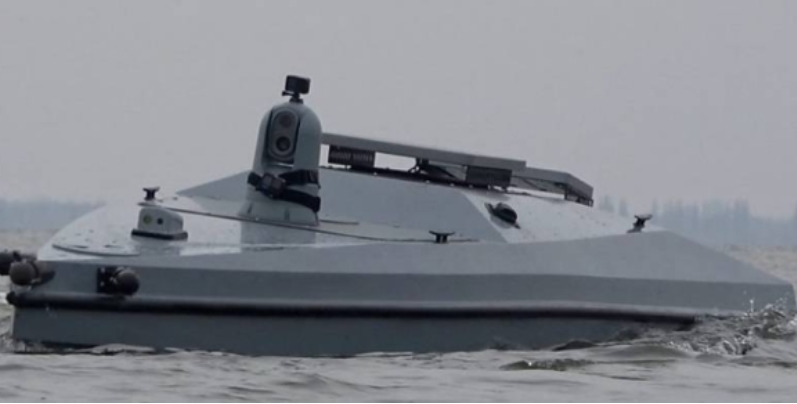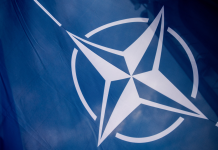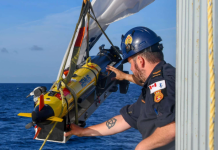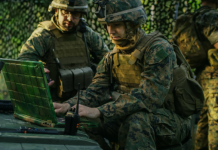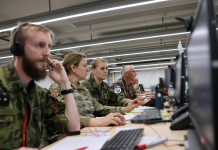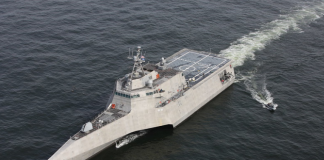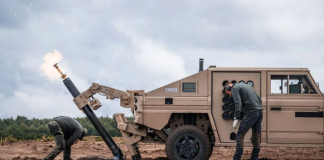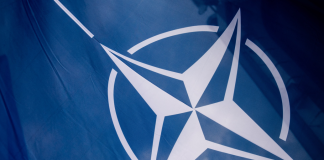PARIS — A number of NATO countries are pursuing new naval concepts based on sea drones programmed to keep adversaries out of allied waters, a nod to Ukraine’s pursuits with such weapons against Russian ships.
The alliance nations belong to the so-called Joint Capability Group for Maritime Unmanned Systems, or JCGMUS. The group, created following the 2018 NATO summit in Brussels, comprises more than a dozen nations considered full members, partners or observers.
Next year, the emphasis will fall on using unmanned systems to keep adversary forces at a distance, a new tack for the group.
“The roadmap of REPMUS will focus in 2025 on non-traditional sea denial – that is limiting an adversary’s maritime freedom of action, including through anti-access, area denial, and disruptive and dispersible capabilities, based in part on of what we’ve seen in Ukraine,” Craig Sawyer, chair of JCGMUS said during a panel discussion at the Euronaval defense exhibition here on Nov. 5.
The NATO official also added that one of the ambitions for next year’s drill will be to deliver an anti-submarine warfare barrier project demonstrator, an initiative established in 2020 and led by the United Kingdom.
“The ASW barrier seeks to develop a technical demonstrator comprising both legacy and interoperable maritime uncrewed systems to securely provide a force multiplying anti-submarine warfare capability,” Sawyer said during his presentation.
The project involves 12 other countries, including Italy, Canada, France, Germany, Spain, the U.S., Portugal, Denmark, the Netherlands, Norway, Sweden and Australia.
While procuring more unmanned assets is necessary for many nations, Sawyer warned of the risk of tackling them alone.
“The need for standards and interoperability becomes critical when you realize the mass and scale UxS [unmanned systems] represent – we will never be able to manage thousands of assets as individual cases and programs,” he said.

